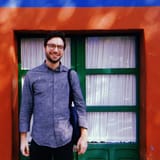New Layout, Better Signage and More Programming Planned for Prospect Heights Open Streets

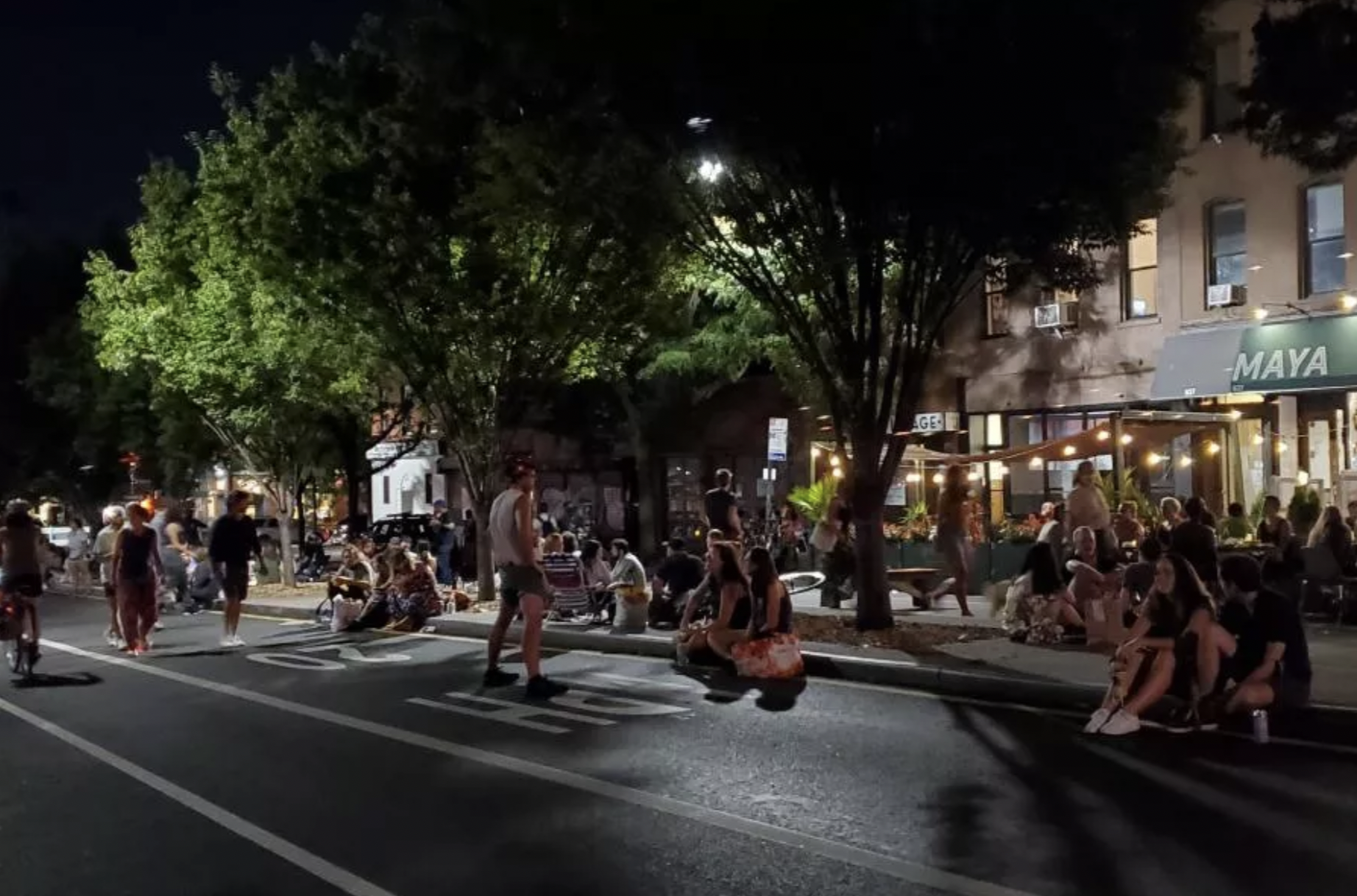
New York City’s Open Streets program emerged last year as a rare bright spot in a 2020 filled mostly with despair and frustration.
The city’s decision to close down roadways across the five boroughs to thru-traffic and transform them into much-needed public spaces for New Yorkers trapped in their apartments during the pandemic was initially rushed and haphazard. But as city officials and neighborhood volunteers got their bearings, and local restaurants were invited to make use of some spaces, the city’s 67 miles of Open Streets became broadly popular oases that allowed city residents to engage with their neighborhoods in a new way.
One of the most successful and popular examples of the program emerged on Vanderbilt Avenue in Prospect Heights. One passerby told the New York Times in October that the pedestrianized street “reminds me of all the squares in Europe,” while Crain’s recently reported that restaurants along the avenue saw a 54% increase in customers in last August, the first month Open Streets was launched, compared to the month before.
Another indication of the re-imagined street’s popularity is the willingness of neighbors to contribute money to keep it going. A GoFundMe page, created by the Prospect Heights Neighborhood Development Council (PHNDC) to raise resources to reopen the street this spring, has gathered just under $25,000 in donations that will go towards improved barriers and signage, pay for street performers and a mailer campaign to nearby residents.
Meanwhile, PHNDC, city officials and consultants are looking to try out new street configurations as the program enters its second year.
At a virtual town hall meeting on Monday night, representatives from PHNDC, the city’s Department of Transportation, and the planning firm Arup unveiled ideas for Vanderbilt and nearby Underhill Avenue that they plan to pilot in the month of April (an additional open street on Carlton Avenue will not be re-opened this year, organizers said, because of the traffic impact on nearby Park Place).
Starting Monday, April 5th, the mostly-residential Underhill Avenue will again be closed to thru-traffic from Bergen Street to St. John’s Place on weekdays. The program will run 8:00am to 8:00pm Monday through Thursday, and 8:00am to 4:00pm on Fridays, for “socially-distant walking, running, biking, playing and gathering.” The only cars allowed will be those of residents looking to park on the street.
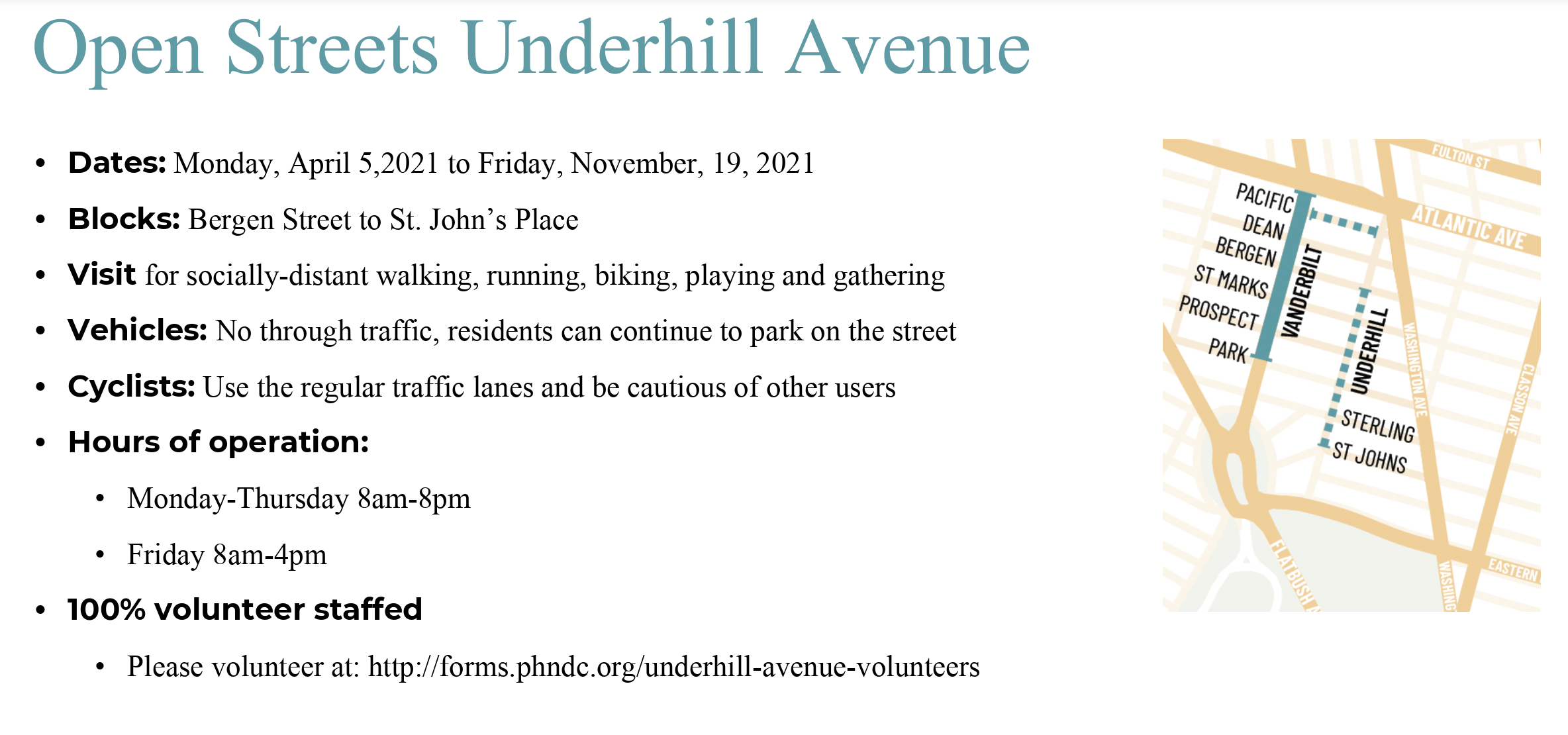
“We definitely noticed people enjoying the street throughout the day, especially early in the morning, there were a lot of people running,” Saskia Haegens, a resident volunteer who has helped manage the program on Underhill. “People used it to bring their kids to school or pick them up from school in the afternoon again. Towards the evening hours, especially during summer, people used it for dining or picnicking out on the street.”
On Vanderbilt Avenue, a 25-foot-wide, two-way street with bike lanes and a partial median that is bordered by restaurants and retailers, things will be slightly more complicated.
That program will run on Fridays from 5:00pm to 10:00pm, and weekends from noon to 10:00pm. During that time, the stretch of road between Park Place and Atlantic Avenue will be closed to cars entirely; in their place, volunteers, restaurants and some paid staff will oversee outdoor seating for diners along with programmed events featuring “a diverse range of artists and performers.”
To ensure the space is safe and enjoyable for pedestrians, cyclists and any emergency vehicles that need to enter, the city intends to pilot two different layouts on alternating weekends.
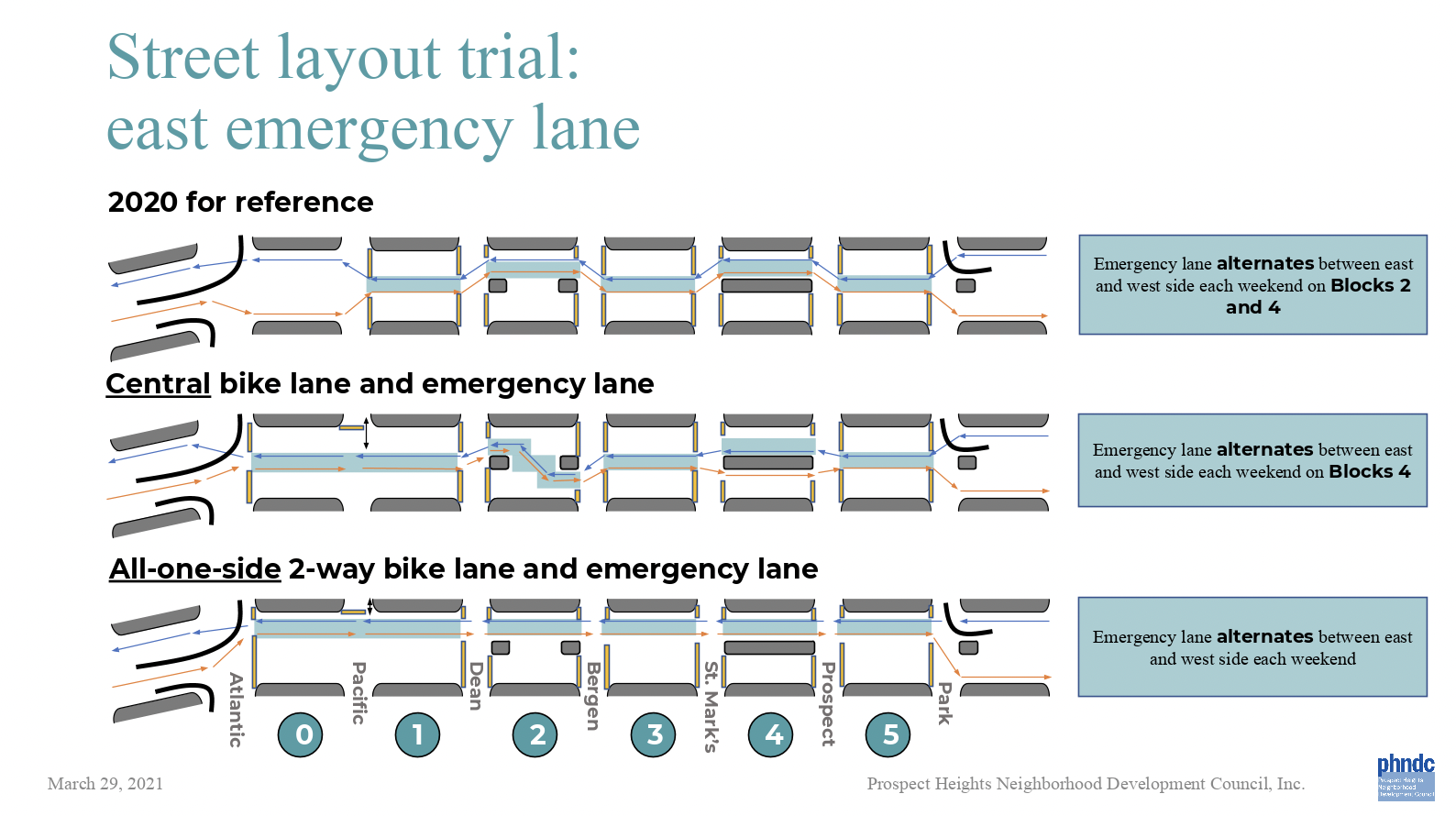
Throughout the month, DOT will collect data on which layout seems to work better, taking into consideration pedestrian safety, set-up and take-down time, street use, and ease of wayfinding.
“The solution needs to be one that works rain or shine, all the way through the season,” said Matthew Schabas, a PHNDC member and transportation consultant helping to oversee the program.
A panel created by PHDNC will also curate a schedule of live music and other “family-appropriate cultural programming” on the street—performers interested in participating can apply at this webpage. Current city policy still prohibits amplified sound for performances on the street, at least for now.
The new plans, said Gib Veconi, represent the latest stage in a years-long evolution of the street that began in 2006, when pedestrian islands and bike lanes were added to the previously dangerous street. And Veconi emphasized that evolution would continue.
“This is a long way from being in a final state,” he said at the meeting. “We see this very much being a process of improvement, probably over the next couple years.”
To that end, James Conway from the consulting group Arup, which is working with PHNDC under its program of pro bono community development projects, articulated a set of “user-centered strategies” to create equitable and engaging curated streets.
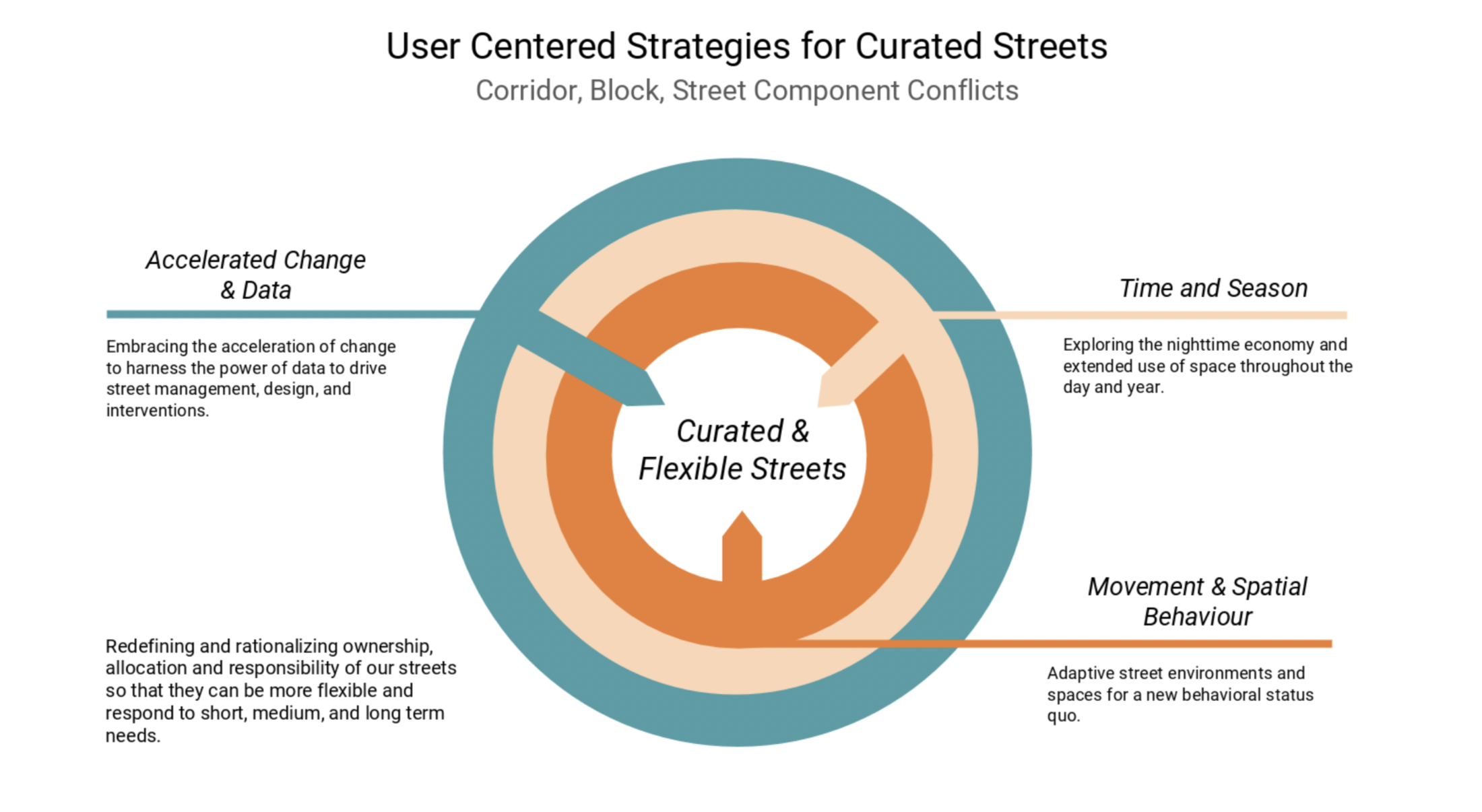
And Kyle Gorman, a Senior Program Manager at DOT’s Public Space Unit, said the agency hoped the Prospect Heights Open Streets would be part of a broader strategy for approaching traffic and transportation in the neighborhood.
“We are trying to identify what makes sense as part of the entire traffic network, looking at vehicular traffic, pedestrian traffic, cyclist traffic,” Gorman said. “So I think that’s something of a long-term goal.”

